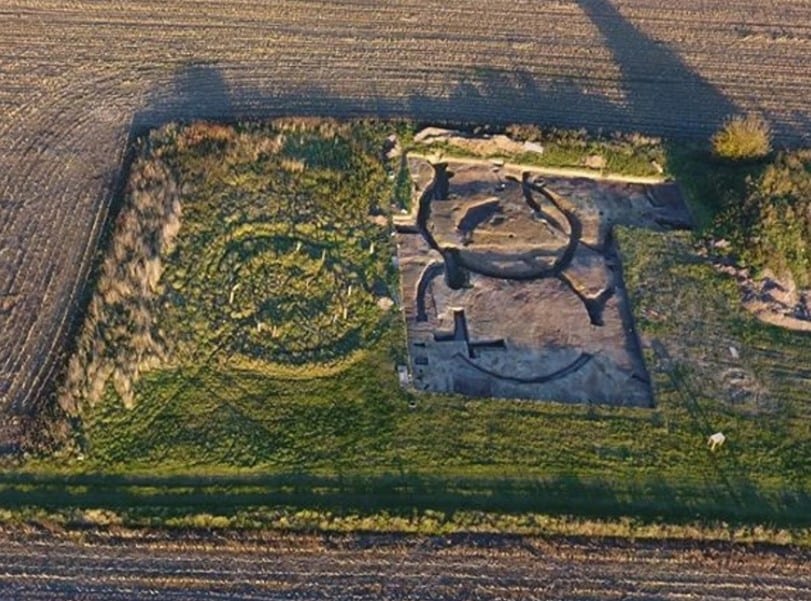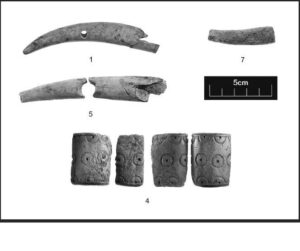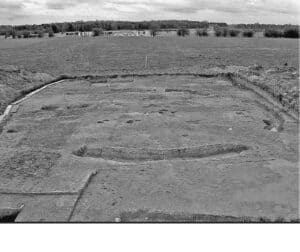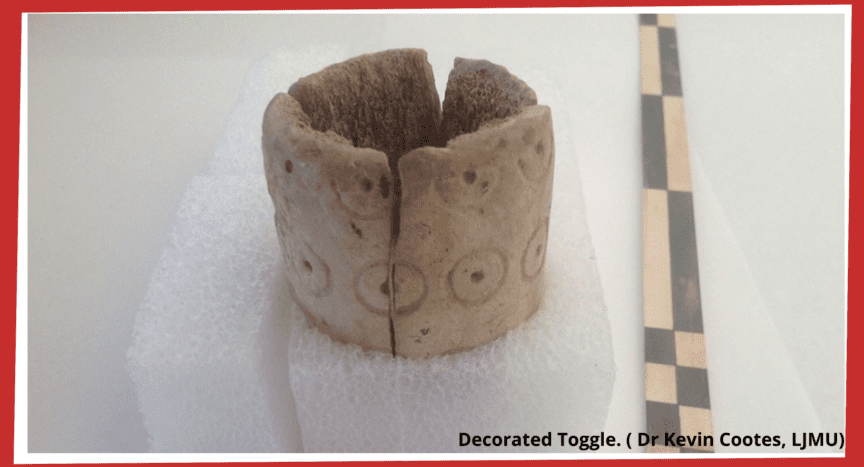A team of archaeologists have made a dazzling discovery: the first wealthy Iron Age community in Northwest England. To date such finds were confined to the east and south coast and there were no significant finds from this region.
They weren’t even looking for them. Instead, since 1995, the team has been digging for evidence of a medieval cistercian abbey at Poulton, Cheshire. Initially, in addition to medieval skeletons, the dig also revealed “unexpected evidence for Roman and prehistoric occupation. It has since been confirmed that at least two Roman buildings exist, one of which is very substantial, producing numerous brooches, coins etc.”, according to the project team.
Over the last decade the team has uncovered the remnants of at least ten Celtic roundhouses. Although the buildings are long gone, the deep ditches that surrounded them survived. These ditches were used by the residents to dispose off their rubbish, which has been preserved due to the neutral clay soil. Furthermore, they have uncovered 5,000 other finds that, according to them, provide the best preserved evidence oflate prehistoric life ever found in North West England.

Overhead view of the site. Poulton Research Project
Dr Kevin Cootes, senior researcher at Liverpool John Moores University, said they had found “a dazzling time capsule of over 5,000 artefacts”, dated from 800BC. Analysis of the remains has provided the “first detailed record of the lives, deaths, and ritual practices of an affluent trading community, whose inhabitants used the adjacent River Dee to trade goods, including large quantities of prized salt from the Cheshire plain”, he said.
In addition to fragments of skulls and human bones, the finds include pieces of broken pottery used to transport salt and preserve meat and food, pieces of moulds and stone anvils, pointing to the smelting of copper and iron, plus the bones of domestic animals and deer (hunted for food).
The most significant find was a round house seeming to be the property of a tribal chief, as well as a beautifully decorated toggle made out of dear antler bone. There was also an adze (axe-like implement) and remains of a dog. Remains of another dog were in the centre of the building indicating that these were sacrficed, probably for the prosperity of the house.

Antler objects including toggle. Image: Poulton Research Project/ Cheshire Archaeological Society and Contributers

Partially excavated ditch at Poulton, Cheshire. Image: Poulton Research Project, Chester Archaeological Society and Contributers
“We can tell from what we found that this community was very affluent, from trading along the river. Poulton is a well-preserved time capsule of thousands of years of life. It is not even a once in a lifetime find, it is a once in a thousand careers’ find. It is absolutely fascinating and a privilege to be involved with,” said Dr Cootes.
The research has been published in the Journal of the Chester Archaeological Society.







